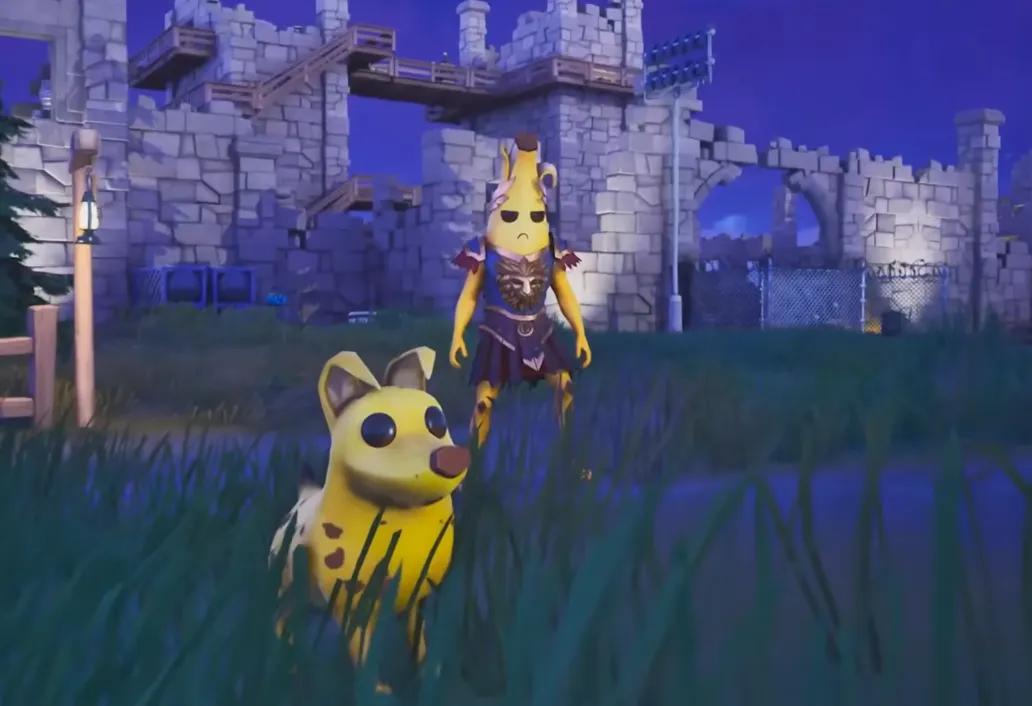Fortnite Pets Launch With One-Time Customization Rule, Prompting Mixed Reactions
Fortnite pets land at last, a long-requested feature the community has pursued for years. The new addition arrives as “Sidekicks,” beginning November 1 with one animal and expanding days later. They follow players across Battle Royale, LEGO Fortnite, and other developer-made modes, offering a persistent companion that fits the game’s broad push into personality-driven cosmetics. The enthusiasm around Fortnite pets is significant, though the system’s structure immediately defines the debate.
Epic calls these companions Sidekicks and makes them available like any other premium cosmetic. Players unlock a pet, select its look, and deploy it across modes. The catch is precise: each Sidekick can be customized only once. A single change locks the pet permanently. Anyone who wants a different appearance must purchase another of the same pet. The mechanic shifts the excitement into calculation. A feature expected to carry playful freedom instead arrives tied tightly to cosmetic commitment.
The rollout begins modestly. One pet arrives first, followed by multiple on November 7. Presentation is clean and energetic, matching Fortnite’s practiced style. The reveal trailer mixes whimsy with its usual call to engagement. That tone matches the community’s anticipation for animal companions, which has lingered since earlier cosmetic pets appeared as back bling years ago. The difference now is agency. These pets move, react, and accompany players across the island. They serve as a visible extension of identity in a game built around expression.
The announcement text outlines the limits directly. Players can preview appearances, choose a style, and finalize it. The decision becomes permanent, a mechanic that recalls character-creation stakes more than cosmetic rotation. Fortnite’s item model thrives on variation, yet this system narrows the path unless users spend again. The supporting help page reinforces the logic: duplicate appearance slots are unavailable, meaning each purchased Sidekick must carry a unique look. That design encourages collection rather than swapping, keeping each pet fixed once customized.
The idea fits Fortnite’s business model, though the timing carries weight. The game continues widening its ecosystem — collaborations, modes, visual styles — while deepening monetization options around cosmetics and progression perks. Pets add appealing flavor to the world, but their restrictive structure signals the priority: every form of personalization carries cost. Players who enjoy trying different looks will face an immediate purchase loop, where expression pushes against budget.
Still, the appeal is real. Fortnite integrates Sidekicks across modes, allowing the same companion to stand beside blocky LEGO builds or battle-ready avatars. That consistent presence may prove compelling enough for many. A dinosaur pet arriving alongside a player in dino gear is the sort of visual layering that keeps Fortnite culturally sticky. The system delivers charm and familiarity, and long-term players might accept the trade-off as the cost of novelty.
The feature also hints at how Fortnite continues to occupy its space. It does not chase mechanics for their own sake; everything ties back to personalization. Pets, like skins, serve as identity anchors. The one-customization rule makes those identities more fixed than expected. Fortnite pets have a maintenance role in the ongoing ecosystem of character expression, but one that reinforces the game’s commercial spine.


Comments